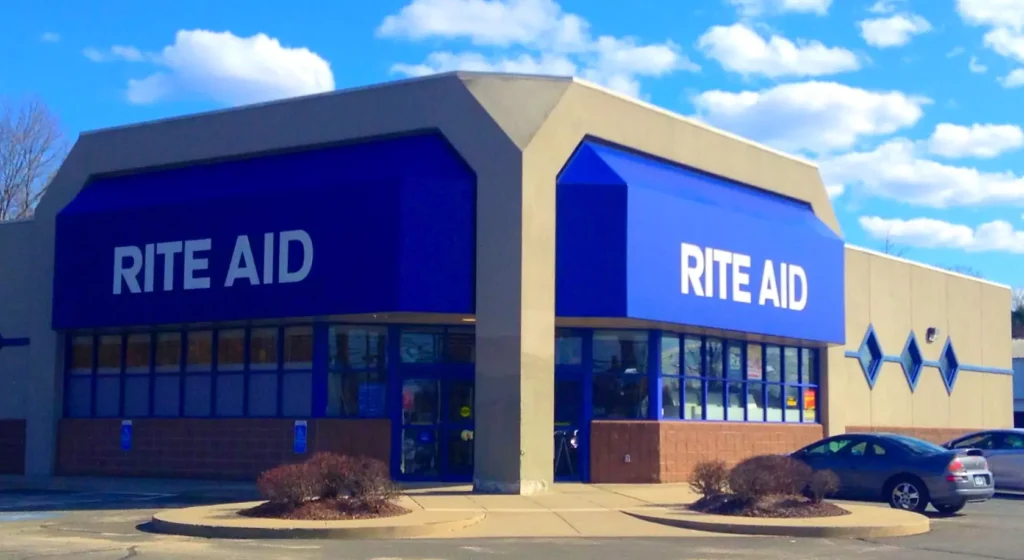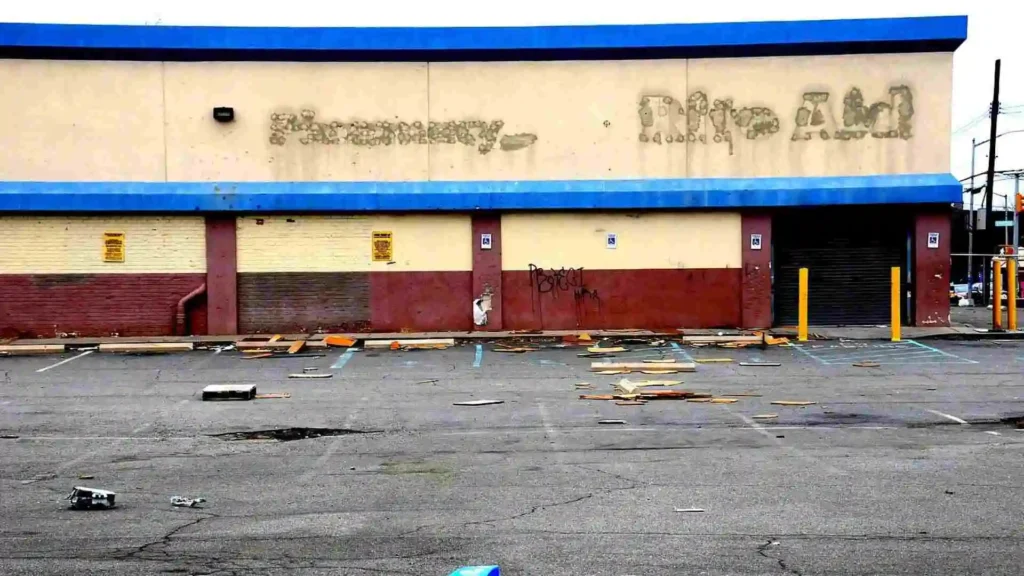Rite Aid has officially announced its exit from Chapter 11 bankruptcy, reestablishing itself as a private company.
This major transformation followed an extensive overhaul, which included shutting down numerous stores, selling its pharmacy benefits management company, Elixir, and settling debts with key partners such as the drug distributor McKesson.
In a strategic move to reduce costs and streamline its business, Rite Aid also canceled all common stock, shifting ownership to a select group of creditors. They are not the only pharmacy to fall on hard times, as others have filed for bankruptcy in 2024 as well.
Rite Aid's New Leader
Rite Aid has not only reshaped its financial structure but also its leadership.
The company announced that they have appointed Chief Financial Officer Matt Schroeder as CEO, succeeding Jeffrey Stein, who was CEO and Chief Restructuring Officer throughout the bankruptcy process. This executive shuffle is part of a broader strategy to steer the company into calmer waters post-bankruptcy.
Rite Aid has managed to shave off about $2 billion of its total debt and secured a hefty $2.5 billion in exit financing to bolster its future endeavors.
These moves are part of a carefully orchestrated plan that received the green light from a U.S. bankruptcy judge in June, highlighting that the restructuring plan “saved the company from having to shut down and liquidate operations.”

Right Aid's Path Forward
The road to bankruptcy was not smooth for Rite Aid, impacted by significant losses of $750 million against revenues of $24 billion for the fiscal year that ended in March 2023.
The company also faced numerous legal challenges, including being at the center of 1,600 opioid lawsuits. One notable federal lawsuit accused the company of failing to properly monitor suspicious prescription practices for addictive medications.
In response to these challenges, Rite Aid has significantly downscaled its operations. At the time of filing for bankruptcy, Rite Aid operated 2,000 pharmacies but has now significantly reduced that number.
The company strategically exited the Michigan and Ohio markets—shutting all stores in Michigan and keeping only four in Ohio. This reduction was deemed essential for Rite Aid’s financial recovery and operational health.

“Rite Aid is hoping to get itself back onto a firm financial footing, although it will emerge from bankruptcy as a much smaller business with far fewer stores,” said Neil Saunders, managing director of GlobalData.
In a statement, the company added, “Rite Aid regularly assesses its retail footprint to ensure we are operating efficiently while meeting the needs of our customers, communities, associates and overall business. While we have had to make difficult business decisions over the past several months to improve our business and optimize our retail footprint, we are committed to becoming financially and operationally healthy.”
Rite Aid’s successful emergence from bankruptcy as a private company signals a fresh start for the pharmacy chain. With a more streamlined operation, fresh leadership, and better financial footing, Rite Aid is poised to continue serving its customers, though from fewer locations.
The adjustments made during its restructuring phase are designed to secure the company’s long-term survival and enhance its position in the competitive pharmacy retail sector.
